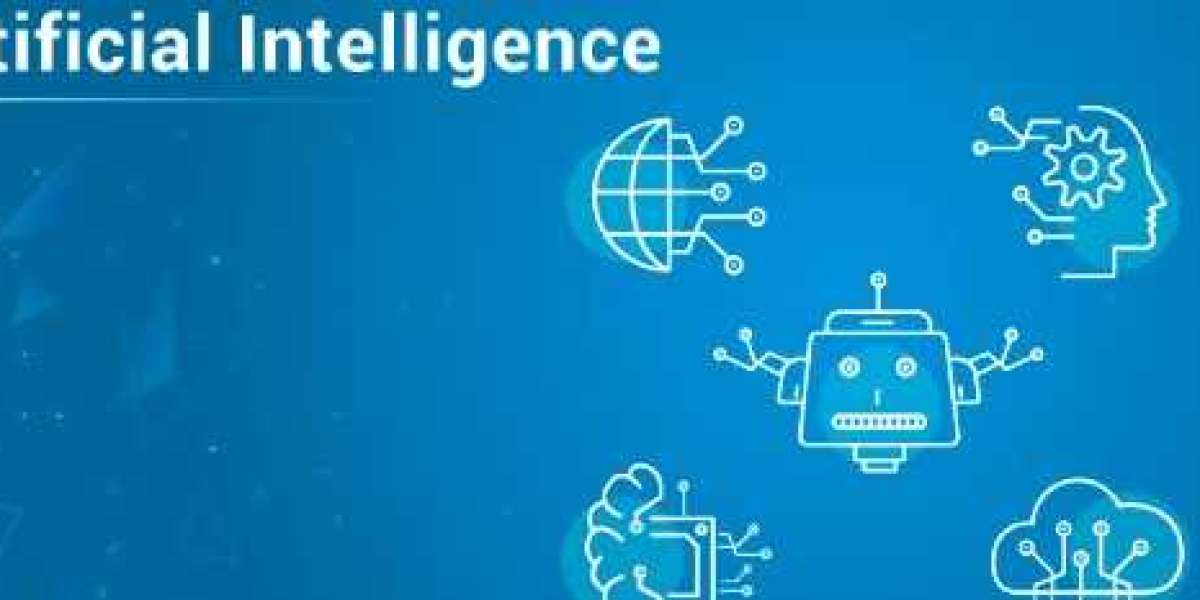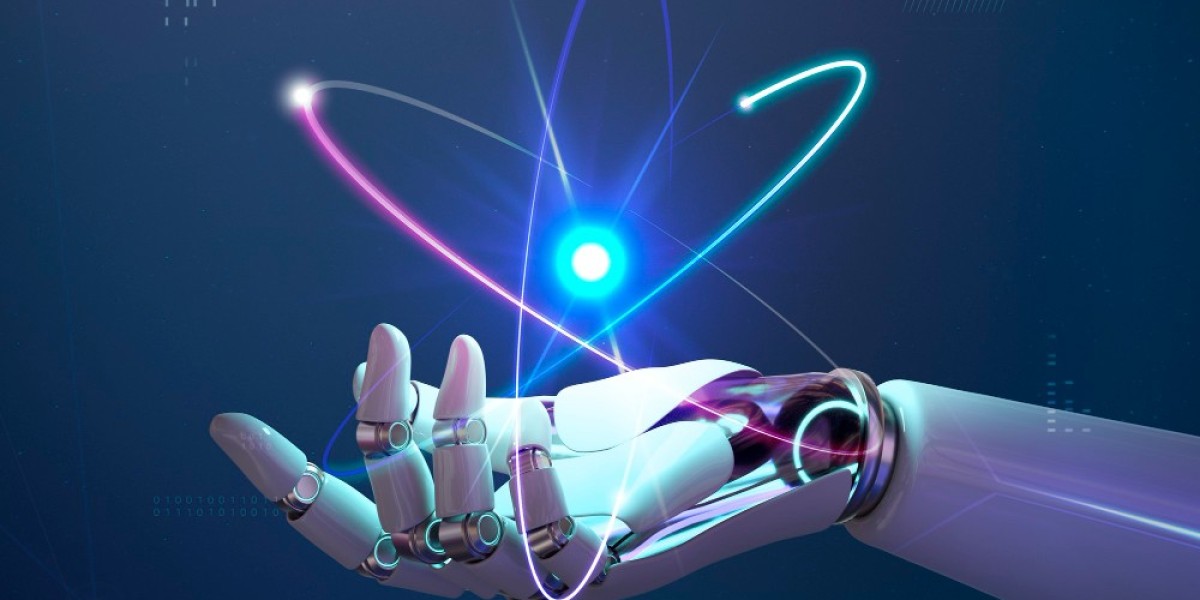Deep learning is a subset of artificial intelligence (AI) that focuses on the development and application of neural networks, which are complex mathematical models inspired by the structure and function of the human brain. It involves training deep neural networks with multiple layers to learn and extract hierarchical representations of data, enabling them to perform tasks such as classification, regression, and pattern recognition.
Deep learning algorithms learn directly from raw data, eliminating the need for handcrafted features or explicit instructions. The "deep" in deep learning refers to the depth of the neural network, which consists of multiple layers of interconnected nodes, known as artificial neurons or units. Each layer processes the information received from the previous layer and passes it to the next, progressively refining the representations and capturing more abstract and high-level features.
The training process in deep learning involves feeding labeled or unlabeled data into the network and adjusting the parameters or weights connecting the neurons to minimize the error between predicted outputs and the desired targets. This optimization is typically achieved using a technique called backpropagation, which calculates the gradients of the network's parameters and adjusts them through gradient descent or other optimization methods.
One of the key advantages of deep learning is its ability to automatically learn features at different levels of abstraction from the data. The lower layers capture basic features, such as edges or gradients, while the higher layers combine these features to represent more complex patterns or concepts. This hierarchical representation learning allows deep learning models to handle large and complex datasets, extract meaningful information, and generalize well to unseen examples. By obtaining ArtificiaI intelligence Course, you can advance your career in ArtificiaI intelligence. With this course, you can demonstrate your expertise in pre-processing, image classification, transfer learning, object detection, and computer vision and also be able to implement popular algorithms like CNN, RCNN, RNN, LSTM, and RBM using the latest TensorFlow 2.0 package, many more fundamental concepts, and many more critical concepts among others.
Deep learning has demonstrated exceptional performance in various domains, including computer vision, natural language processing, speech recognition, recommendation systems, and more. Convolutional Neural Networks (CNNs) are commonly used in image and video analysis tasks, while Recurrent Neural Networks (RNNs) and their variants are effective for sequential data processing, such as natural language understanding and speech synthesis.
The success of deep learning can be attributed to several factors, including the availability of large-scale datasets, advances in computing power, and the development of efficient algorithms and frameworks like TensorFlow and PyTorch. Deep learning has revolutionized AI research and applications, enabling breakthroughs in areas such as object recognition, machine translation, autonomous vehicles, and medical diagnosis.
While deep learning has achieved remarkable results, it also faces challenges. Deep neural networks are computationally intensive and require substantial amounts of labeled training data. Overfitting, where models perform well on training data but struggle with unseen examples, is another concern that researchers address through regularization techniques and architectural modifications.
In summary, deep learning is a branch of AI that focuses on training deep neural networks to automatically learn hierarchical representations from raw data. It has transformed AI research and applications by enabling breakthroughs in various fields and has the potential to revolutionize industries, paving the way for advancements in artificial intelligence and machine learning.



